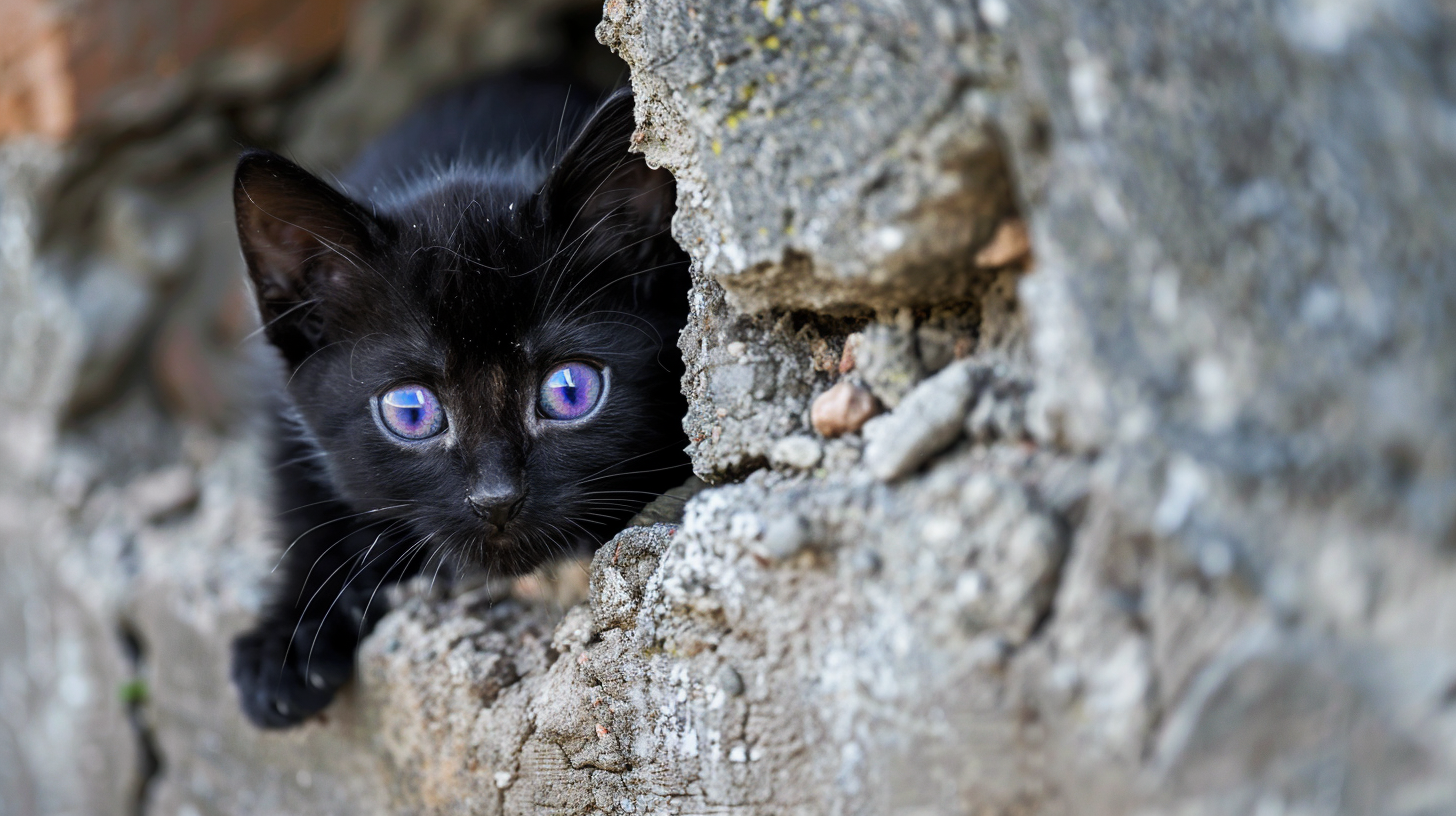Ayurveda and the Transgender Soul
Being true to your deepest identity is good for your health.


As members of the LGBTQ community, we understand this tenet to the core, especially when we face discrimination. A friend of mine once commented that each of us (depending on how we choose to present ourselves) “must come out every day.” That is, when we meet new people, the tacit assumption is we are cisgender and heterosexual. We must inform every new person we meet who we are on the inside.
For some, coming out is simple — an act of joy in the confirmation of our self-realization. For others, one use of “sir” at Starbucks sets a negative outlook on the rest of the week. But I include physical health in my claim above, an aspect that is often neglected by psychologists and psychiatrists. A conversation with a new friend of mine — Jalene Eden — taught me about an ancient recognition and celebration of homosexuality and gender fluidity in Vedic culture. Coupled with a dash of etymology, an insight into whole-person health emerged.
My decision to transition genders is the foundation of my health. Accepting yourself will be the foundation of yours.
LGBTQ representation across the ages
As fanciful as it may appear in the 21st century, neither homosexuality nor gender fluidity was shunned before Christianity became prevalent in the Western world. In Welsh, British, and Irish mythology, Taliesin, Myrddin, and Fionn mac Cumhaill are heroes whose gender fluidity endowed special powers. Shamans (using this Siberian term as a blanket) are characterized by a catastrophic inner “split” and “healing” that provides divinatory powers. Native American tradition still recognizes and reveres “two-spirit” people as spiritual leaders.
What I learned recently is that Vedic mythology — and I use that term to distinguish it from the modern Hindu religion — contains many references to homosexuality and transgender experiences. Even in the modern, highly conservative Vaishnava sect of Hinduism, stories of Krishna and Radha combining or changing gender are common. I simply had not looked for these references.
I could write a series of articles of LGBTQ references in Vedic mythology and modern Hindu culture, but I want to focus first on the words used to describe transgender, because my purpose is to discuss etymology:
Tritiya Prakriti (TRIH-tih-yuh PRUH-krih-ti)
Literally, tritiya means “third,” which is easy enough to parse. The two words have been paraphrased to “third gender,” although “third nature” is closer to a literal translation.
Etymology and definition of prakriti
The etymology of prakriti is complicated. The word contains two major Sanskrit roots (using IAST transliteration of the Devanagari script used in Sanskrit). Pra means “before, at the front of,” and kṛ means “doing, to act.” Together, they imply the force necessary to create action. “Nature” is a common definition, but has connotations in English that do not convey the meaning well.
Instead, prakriti should be understood as the complete nature of an entity. In the case of a human being, prakriti entails a spiritual, energetic aspect necessary to manifest further, a cognitive aspect that translates and processes sensations, and the physical body that is used to sense the universe. A human is composed of spirit, mind, and body. That is our nature.
Health in Ayurveda
Some years ago, I began to study Ayurveda in hope of opening a local clinic. That hope never came to fruition, but one concept in Ayurveda has stuck with me since.
Ayurveda is a system of health care diagnosis and practice that originated in India. Some Ayurvedic writings are believed to date before the Common Era, and the focus is on integration and balance, which are precursors to health. The word used in Ayurveda is svasthA.
The word svasthA is composed of two major Sanskrit roots. Sva refers to oneself, including the identity, reputation, the body, socio-economic status, etc. Stha implies a stable state. That is, being in a state that requires activity to change. The state isn’t necessarily a thermodynamic minimum, as Ayurveda does not see the universe only energetically. Instead, stha implies stability through balance.
The combination of the two roots is paraphrased as “health,” but expands into “being established in oneself.” That is, health is a result of integration and balance not just in body, but mind and spirit.
Prakriti and svasthA
In Ayurveda, health — svasthA — is evaluated by conformance with nature — prakriti. That is, when an Ayurvedic practitioner understands the initial, integrated, and balanced nature of a person, the level of health may be determined and adjusted, if necessary. The interplay between prakriti and svasthA is the basis for Ayurvedic practices.
We cannot be healthy unless we recognize that we have a true nature that must be respected. We cannot be healthy unless we take into account that we are body, mind, and spirit, and integrate and balance all aspects of our self. A focus only on physical health — as allopathic medicine approaches health care — results in poor svasthA.
Tritiya prakriti
From the understanding of health in Ayurveda and the name for the transgender experience in Vedic mythology, I derive an insight into my own transgender experience. My writing focuses on the origin of identity from the physical, mental, socio-environmental, and spiritual factors of human existence. But never had I considered that my very health depends on transitioning.
My nature — my prakriti — is a transgender woman. I fought my prakriti for 52 years, and my poor mental and physical health demonstrated it. But as I accept the limitations of my physical body and mental condition in order to build svasthA, I also must accept my third gender — my tritiya prakriti spirit — if I am to become whole-person healthy.
When I decided to transition gender, my mental health improved, I came to a better understanding of my physical health, and my spiritual understanding of feminine and masculine energies blossomed. I am more whole after five months of hormone therapy than 17 years of psychotherapy and medication. I don’t diminish the effect either had on my ability to learn about myself, as every experience helped me realize what I truly required: to transition gender.
Our deepest identity is vital — literally providing the foundation necessary to sustain life. Do not ignore it. Do not allow the rest of the world to sweep it or you under the rug. If you feel you lack the support necessary even to think about yourself, I contend you are wrong: I am here. Come with me!




